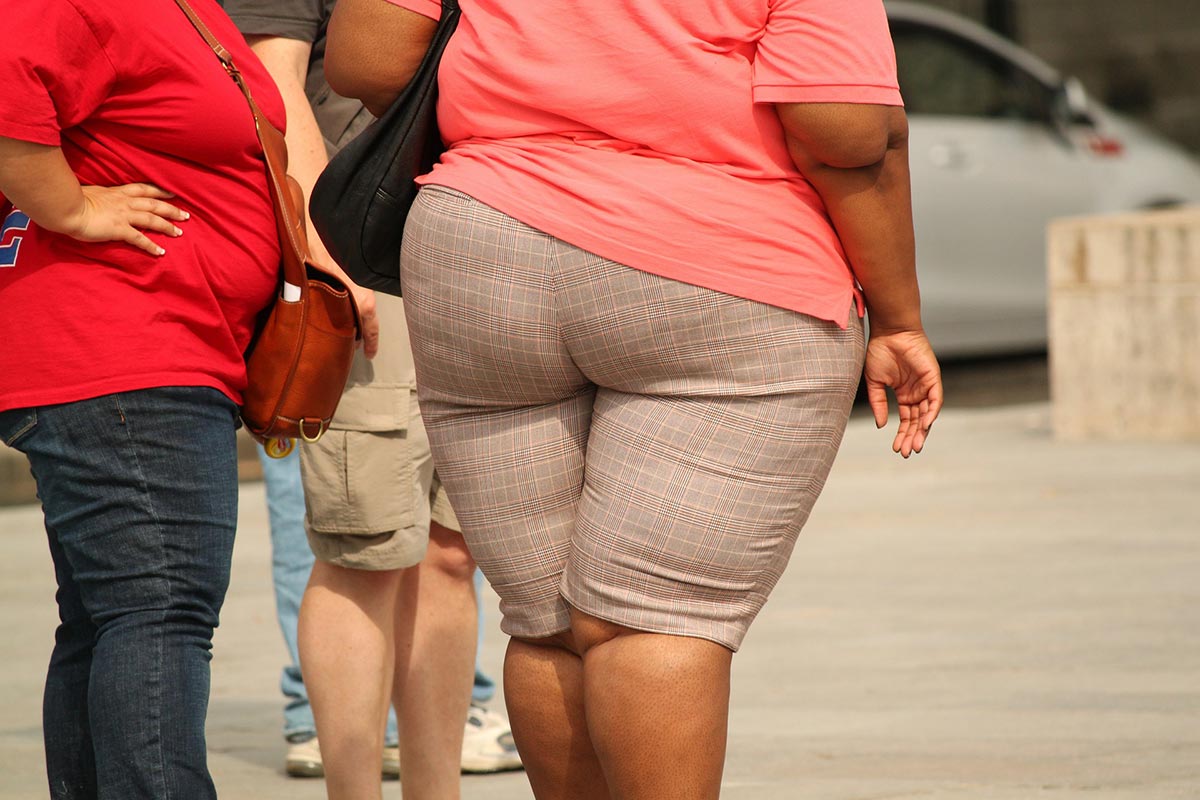The rise of obesity is one of the most concerning health trends of the modern age. Across the globe, more people than ever are grappling with obesity and its related health challenges. The statistics are alarming, with the Asia-Pacific region experiencing a particularly notable increase in obesity rates. While obesity has traditionally been associated with Western nations, countries like China, Malaysia, and even Samoa are witnessing a surge in cases. What exactly is driving this epidemic? Understanding the interplay of genetics, societal changes, and environmental factors is key to finding solutions.
Urbanization: A Major Driver of Obesity
One of the clearest indicators of the obesity epidemic is the difference in prevalence between urban and rural areas. A prime example can be observed in China, a nation that has undergone rapid urbanization and modernization. Once considered one of the leanest populations globally, China now faces a growing obesity problem, rivaling the prevalence seen in Western nations. This stark shift has occurred within just a few decades.
According to a study by Ma et al. (2006), urban areas consistently show higher rates of overweight and obesity compared to rural regions. However, the rate of increase in rural areas has been even more dramatic. For instance, in 1992, the prevalence of overweight individuals in urban regions of China was 12.3% for men and 14.4% for women. In rural areas, these figures were significantly lower at 5.3% and 9.8%, respectively. These differences highlight how urban lifestyles contribute to the problem.
The Role of Sedentary Lifestyles
One of the primary factors behind rising obesity rates is a decline in physical activity. Urbanization has brought with it a reliance on motorized transportation, reducing the need for traditional forms of mobility such as walking and cycling. As cities expand and modernize, jobs become less physically demanding, and people spend more time sitting—whether at desks, in cars, or in front of screens. This sedentary lifestyle significantly lowers overall energy expenditure, creating an imbalance in the energy equation that contributes to weight gain.
The Impact of Energy-Dense Foods
In addition to reduced physical activity, the modern diet plays a critical role in the obesity epidemic. The availability and affordability of energy-dense foods—those high in fats, sugars, and refined carbohydrates—have skyrocketed. In China, for example, energy intake from animal sources increased from 8% in 1982 to 25% in 2002, while dietary fat consumption rose from 25% to 35% in urban areas (Wu et al., 2005). These shifts reflect a global trend where traditional diets rich in whole grains and vegetables are being replaced by processed foods high in calories but low in nutritional value.
This dietary transition isn’t limited to China. In Malaysia, urban men and women are significantly more likely to be obese than their rural counterparts. A similar pattern has been observed in Japan, where overweight prevalence among rural men has increased two- to fourfold (Yoshiike et al., 1998). These trends demonstrate that urbanization’s impact on diet and activity levels is a universal challenge.
Case Study: Samoa and Papua New Guinea
The link between urbanization and obesity is also evident in Pacific Island nations like Samoa and Papua New Guinea. A 1978 survey in Samoa revealed that obesity rates were highest in urban areas like Apia, where 74% of women were classified as obese, compared to 62% in Poutasi and 56% in Tuasivi. Among men, the figures were 57%, 44%, and 36% for Apia, Poutasi, and Tuasivi, respectively (WHO Western Pacific, 2000). These numbers highlight the profound influence of urban lifestyles on health, even in relatively isolated regions.
The Need for Change
While the causes of obesity are complex and multifaceted, the solutions are surprisingly straightforward. At its core, combating obesity requires addressing the imbalance between calorie intake and energy expenditure. This means adopting healthier eating habits and increasing physical activity. Even small changes, like walking instead of driving or choosing nutrient-dense foods over processed snacks, can make a significant difference over time.
The Call to Action
For individuals, the message is clear: it’s time to get moving. Regular exercise not only helps offset the caloric surplus of modern diets but also improves overall health and well-being. Whether it’s a daily walk, a gym session, or a community fitness class, finding enjoyable ways to stay active is key to long-term success.
On a broader scale, governments and policymakers must prioritize creating environments that support healthy lifestyles. This includes investing in public transportation, developing safe walking and cycling paths, and promoting access to affordable, nutritious food. Education campaigns can also play a vital role in raising awareness about the risks of obesity and the benefits of a balanced lifestyle.
The obesity epidemic is a global challenge, but it’s one that can be addressed through collective effort and individual action. By understanding the root causes—urbanization, sedentary lifestyles, and poor dietary habits—we can begin to implement strategies that promote healthier communities. Whether you’re living in a bustling city or a quiet rural area, the path to better health starts with a commitment to change. Let’s strive for a leaner, healthier, and more fulfilling life. Live with fitness!













